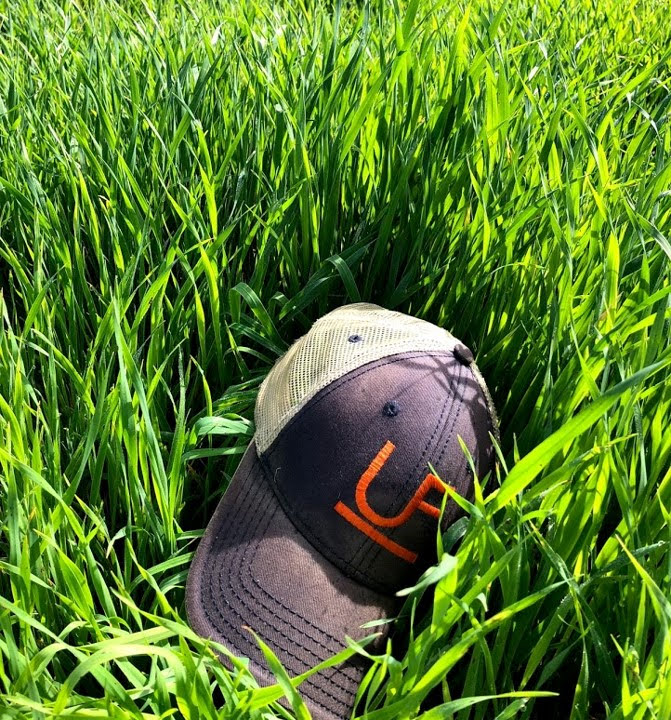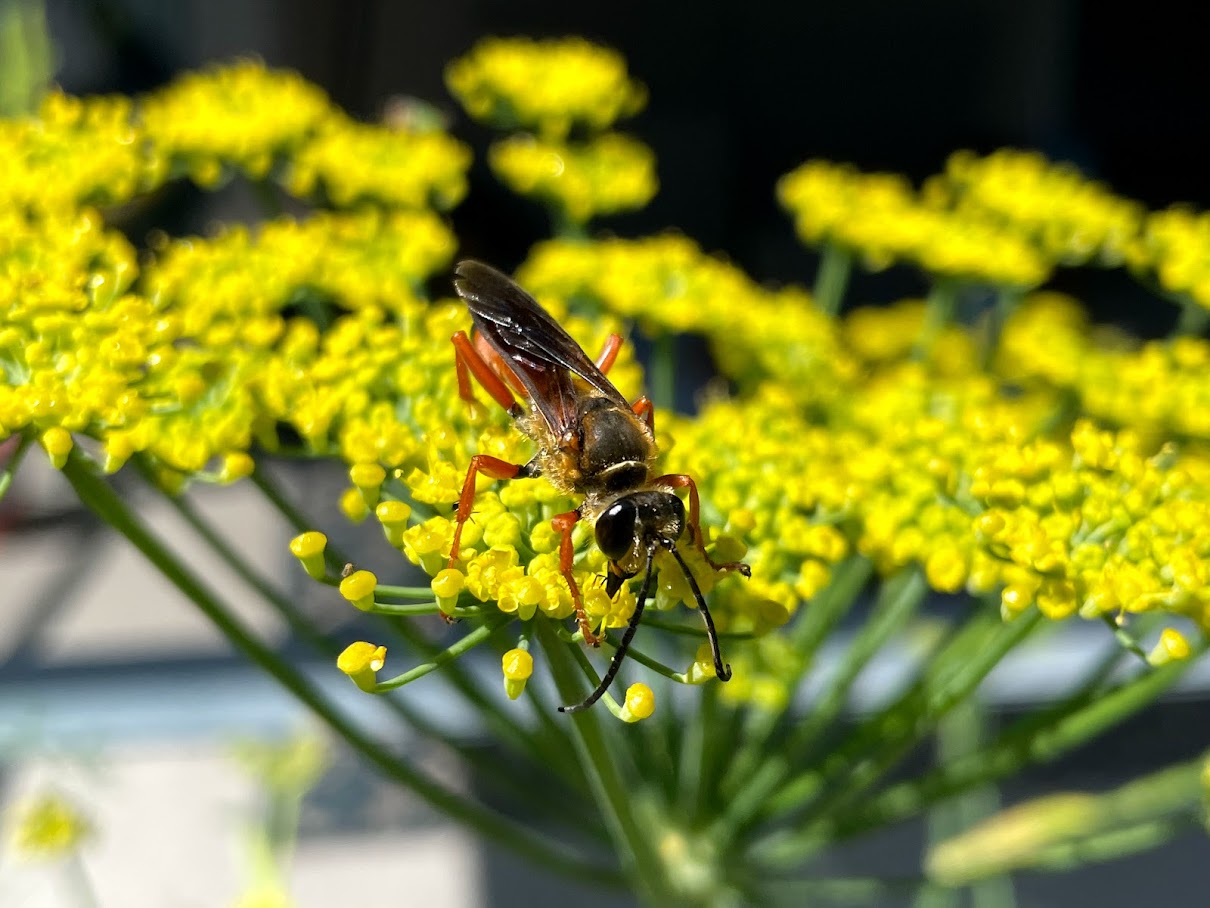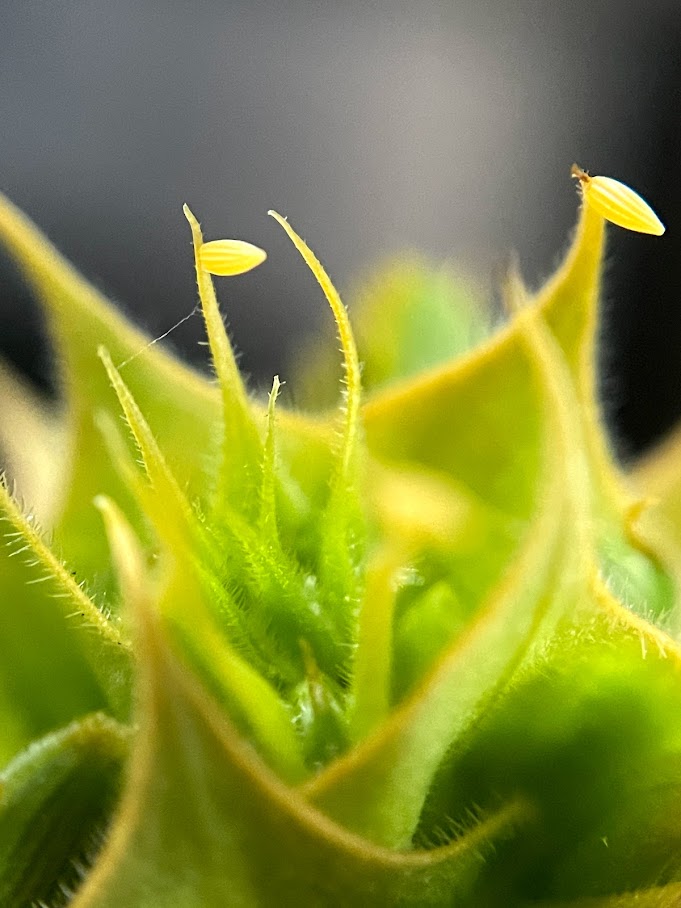
We have all read how important pollinators are to an ecosystem. We have also heard of all the causes for the decline of several species, but maybe we haven’t sat down to think of what we can do to improve their health around our homes. Therefore, we will spend some time giving you some alternatives. Maybe you can adopt one or two of these!
Pollinators are more than honeybees. Pollinators include butterflies, moths, ants, flies, wasps, even birds and bats. Creating a welcoming environment will usually promote fruit production and biodiversity in the landscape. Planting a variety of flowering plants that produce nectar will not only help those organisms that feed on nectar, but attract predators such as hummingbirds, ladybugs, and other beneficial organisms.
Feed them and they will come
Many of our usual landscape shrubs and vegetable plants serve as shelter for pollinators or food even when they are not in bloom. Nectaries are organs in flowers, leaves, and stems that produce extrafloral (outside of the flower) nectar. These pollinator-attractant contraptions can sustain insects during times when blooming is scarce. Some of the usual plants that have nectaries include passionflower, crape myrtles, cucurbits, beans, elderberry, morning glory (and sweet potato), among many more. Read more at: https://edis.ifas.ufl.edu/publication/IN175.
Plant cover crops

Cover crops are important food sources to insects and other beneficials during the off season. Cool season crops such as buckwheat, clovers, wheat, oats, vetches, winter peas, and others can be used to promote biodiversity. These can also serve as weed control and a source of green manure for your future vegetable garden later in the year. Summer cover crops include Sunn hemp, millets, Alice clover, buckwheat, cowpeas, among others.
Bonus! – After the off season has ended you can incorporate your cover crop in the soil, helping improve the soil composition and microbiology. This way cover crops can also help recycle some of the nutrients captured during the time they were planted. Moreover, planting legume cover crops will contribute to soil fertility in your garden as well by providing additional nitrogen that was captured by these plants by rhizobium bacteria that colonize their roots.

Spray with caution
Identifying the insect or organism before you spray is extremely important. Not all bugs are bad ones, and many insects mimic each other. A trained eye can help you identify a pest from a beneficial. If you need help on this area, please contact us at the Extension office or drop by with your catch, and we can identify the critter before you spray.

If you have an infestation, it does not matter what type of insecticide you use: organic or conventional, the potential for killing pollinators is there, especially when applying these products during peak activity hours. Spray late in the day or early in the morning to avoid killing bees and other harmless beneficial organisms. Also, avoid insecticides that resemble pollen such as granules and dusts, so bees won’t pick these up and feed their young with them.
Consider a pollinator hotel

Pollinator hotels are structures that you can make or purchase for native bees and other beneficial insects to make a home in. Building one can be a fun family activity. Some of the critters that will check in include leafcutter bees, mason bees, wasps, beetles, centipedes, and spiders. Build your own following some recommendations found here: https://gardeningsolutions.ifas.ufl.edu/design/gardening-with-wildlif

Pollinators are important building blocks of a healthy ecosystem. We want to encourage them around our yard and garden. Following some or all the recommendations written in this article can promote a healthy, inviting area where these can thrive year-round. If you need more information, help with identification and other garden recommendations, please give us a call at 863-773-2164 or drop by UF/IFAS Extension Hardee County located at 507 Civic Center Drive, Wauchula.
 2
2
